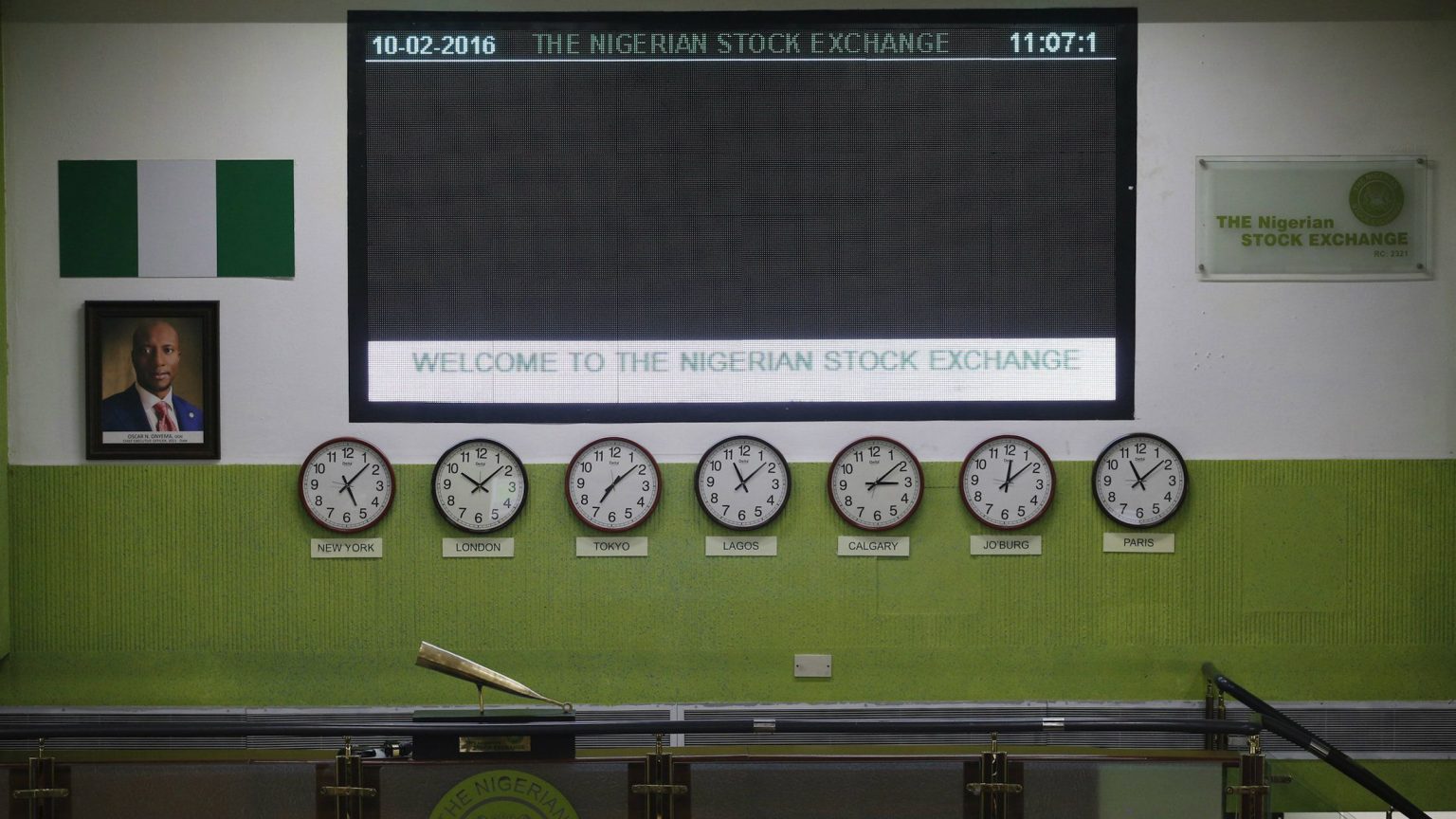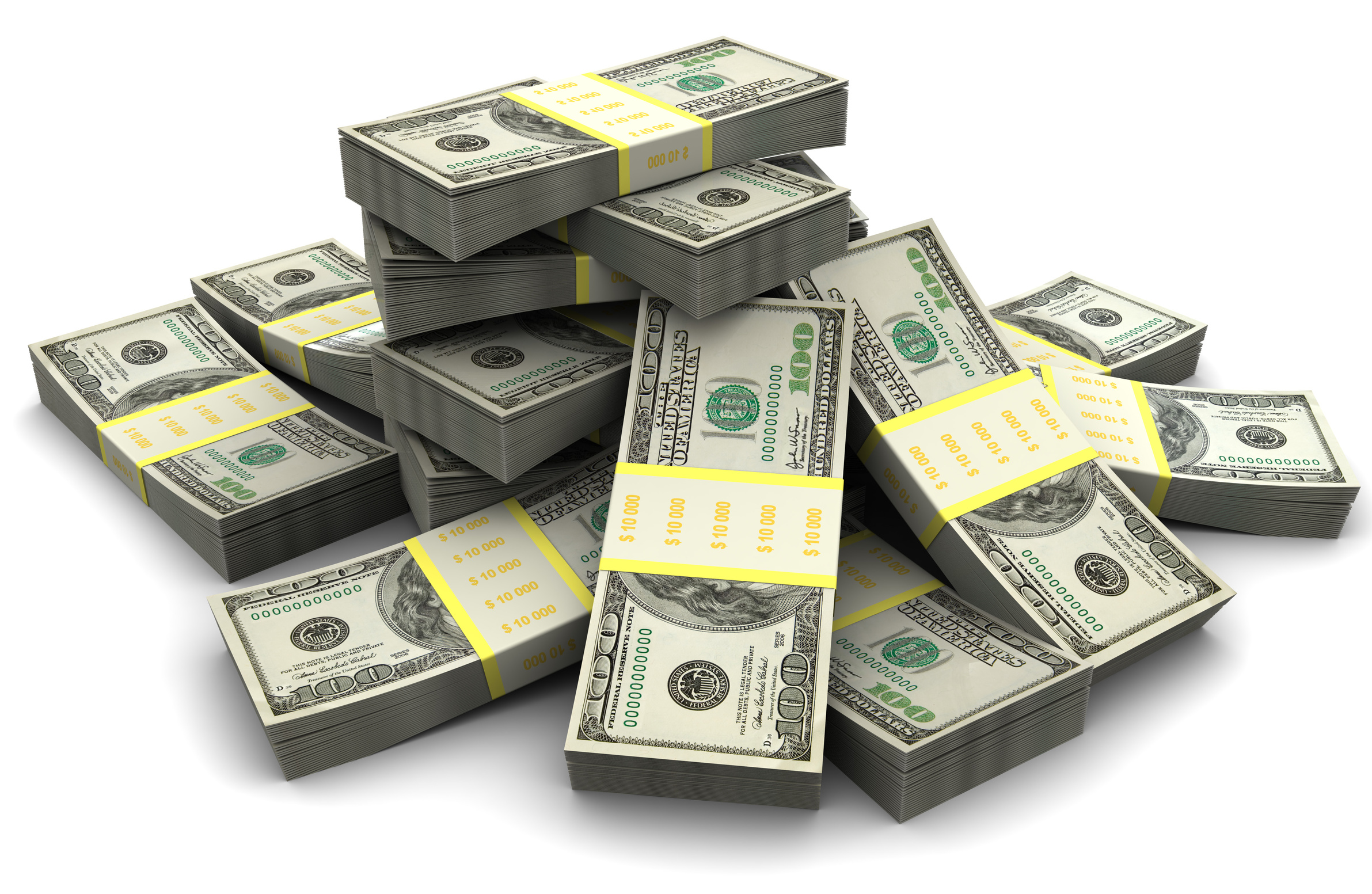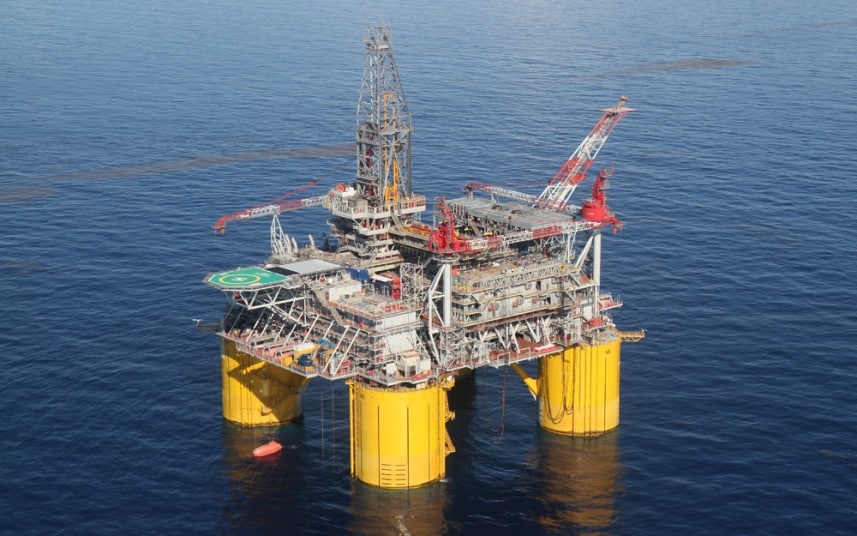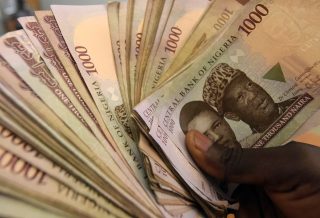The Monetary Policy Committee of the Central Bank of Nigeria last week upheld its lending rates even as indicators show there’s an improvement in the country’s economy. Inflation has been going on a downward spiral since January 2017, while the nation’s external reserves has continued to rise to record levels. In effect, the upholding of lending rates would keep the economy steady for a short time.
Below is the Ventures Africa Weekly Economic Index, for the week ending 6th of April 2018. This economic index gives you a glimpse into other recent activities in Nigeria’s economy as well as changes that could affect the economy:
Nigerian Stock Exchange

Data released by the Nigerian Stock Exchange (NSE), as of 6th of April 2018, showed that the all share index depreciated by 1.60 percent from the previous week ending 29th March 2018. Market capitalization at the close of trading during the week under review was N14.753 trillion which was also a 1.60 percent decrease from N14.993 trillion recorded the previous week. The All Share Index for the week under review closed at 40, 841.14.
Top five price Gainers and Decliners in the week under review:
Top five price gainers
Lasaco Assurance Plc.
May & Baker Nigeria Ltd.
Law Union and Rock Ins. Plc.
Unic Diversified Holdings Plc.
AIICO Insurance Plc.
Top five price decliners
Japaul Oil & Maritime Services Plc.
Unity Bank Plc.
Jaiz Bank Plc.
Glaxo Smithkline Consumer Nigeria Plc.
Wema Bank Plc.
How Nigeria’s Forex reserves are faring

Nigeria’s Foreign reserves hit $47.37 billion as at 5th of April, 2018. The Central Bank of Nigeria (CBN) confirmed on Monday that Nigeria’s foreign reserves increased by $1.17 billion between March and April 2018.
How did the Naira fare?

During the week under review, the Naira remained stable against the dollar in the parallel market. It was sold at N360/$ on Thursday 6th of April 2018, maintaining the same value it recorded on the 27th of March 2018.
How did the price of oil fare?

Global oil price dropped last week from almost $70 per barrel on the 29th of March to $68 per barrel on the 6th of April. This was due in part to the trade war between China and USA, prompting China to seek alternatives to Saudi’s oil supplies, and also in part to increased USA oil production.








